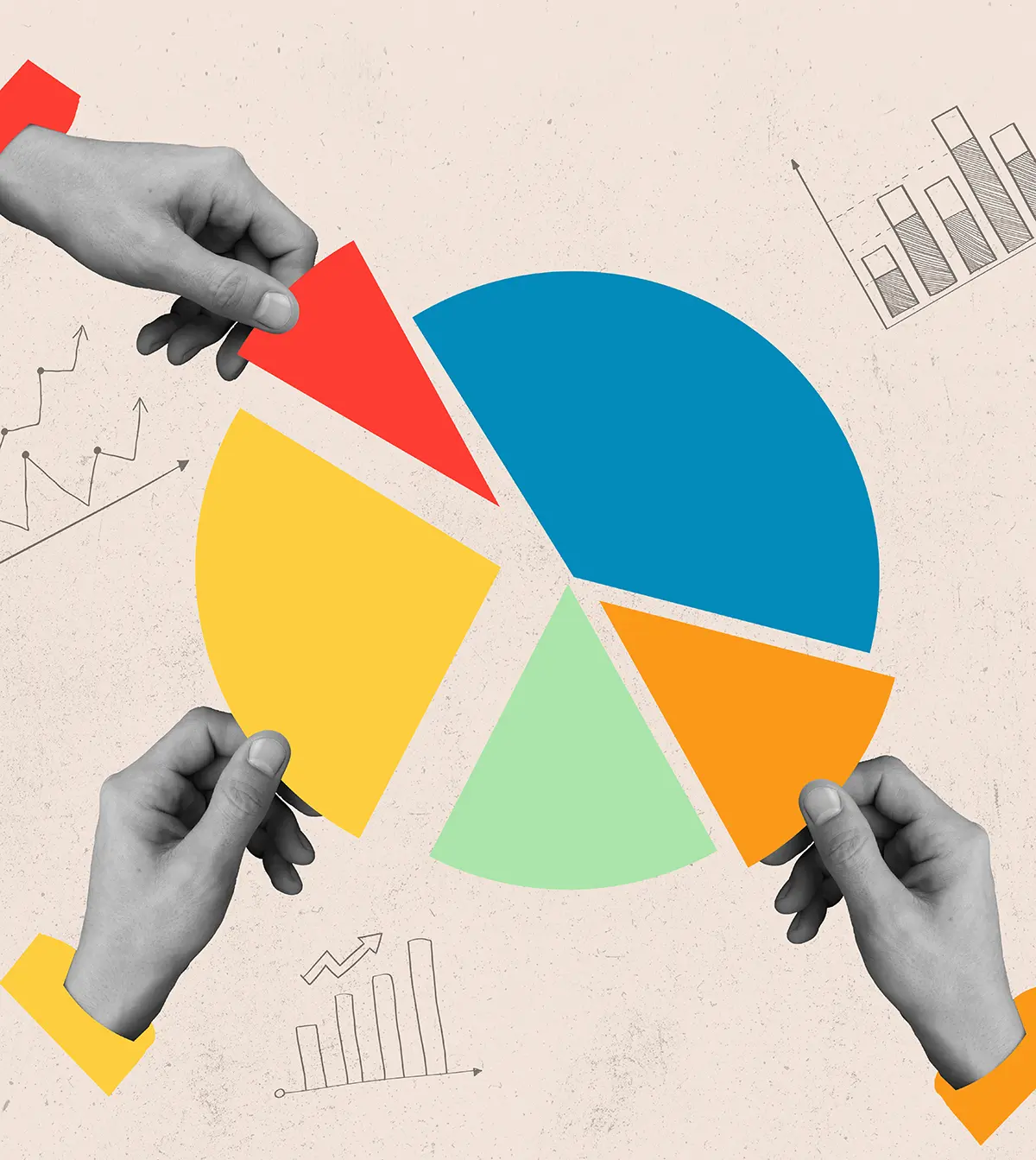Originally, the county office, which supports 33 school districts serving nearly 400,000 students, attempted to create a one stop shop. However, a single platform that encompassed public data, secure student-level data and a repository of resources was hindered by technical limitations.
To best ensure the utilization of data to improve teaching and learning, SBCSS developed the County Assessment Network (SBCAN) and an interactive state assessment report that led to data-sharing agreements with every district in the county. Additionally, local assessment data is collected from vendors including iReady, NWEA and STAR, creating countywide reports to fill the data void in non-state-tested grades, which was crucial during the pandemic when local assessments offered real-time insights into student progress.
Most importantly, Massie said, such clear and up-to-date reports ensure that data is turned into actionable insights that improve teaching and learning.

“We’re trying to create a repository of resources — our county resources, state resources, community resources — so that you have one place to go to get this information,” Massie explained. “If you look at grades 4 through 6, for example, they should be competent in reading and math by the end of sixth grade. That’s a milestone to help them be successful. On the social-emotional side, they need to be able to make friends, understand social rules and consequences. Being a former middle school principal, I can tell you that definitely is where the work is with kids that age.”
If a child is struggling to meet those milestones, the Cradle to Career Roadmap website provides resources to support families and others in helping them meet goals.
The portal includes student enrollment, graduation rates, student demographics and more, with information available as interactive graphs, charts and maps — which can be disaggregated by a number of indicators. And, with about 10 years of data available, Massie said the portal allows visitors to identify trends.
While the portal plays an important role in increasing transparency in the county, it’s also helping families and district leaders. “For our districts, we built this so they can just screenshot this or that and now they can drop it into a board report or whatever they want, it makes it a lot easier for them to customize it,” Massie said.
For families, the portal also includes tools like the “meal map,” which shows parents where they can find meals during the summer, child care, expanded learning options and more — all with more accurate, up-to-date information than what can be found in state-run apps and websites.
“We upload it every week when the report is live and they can monitor how their students are doing the first day of school, the 10th day of school, the 100th day of school — whenever they want to go there, it’s updated every single week and they can start to see how their students are performing,” Massie said. “But probably the most interesting part was the districts didn’t just want to see their data, they wanted to see how the county did, they wanted to see how their region did, they wanted to see other districts as well. So, if there was a school doing something or district doing something interesting, they could go reach out and find out more.”
While SBCSS continues to build out these programs, Massie said streamlining processes, improving ease of use and simplifying the look of the final products is what will help the county meet its ultimate goal of improving learning outcomes.
“Our goal is getting the right data in the right hands at the right time — that is what we live for, because people make better decisions then,” he said. “We want to make sure we get data and turn it into information and turn information into action. Lowering those barriers between people and their data allows them to do that.”